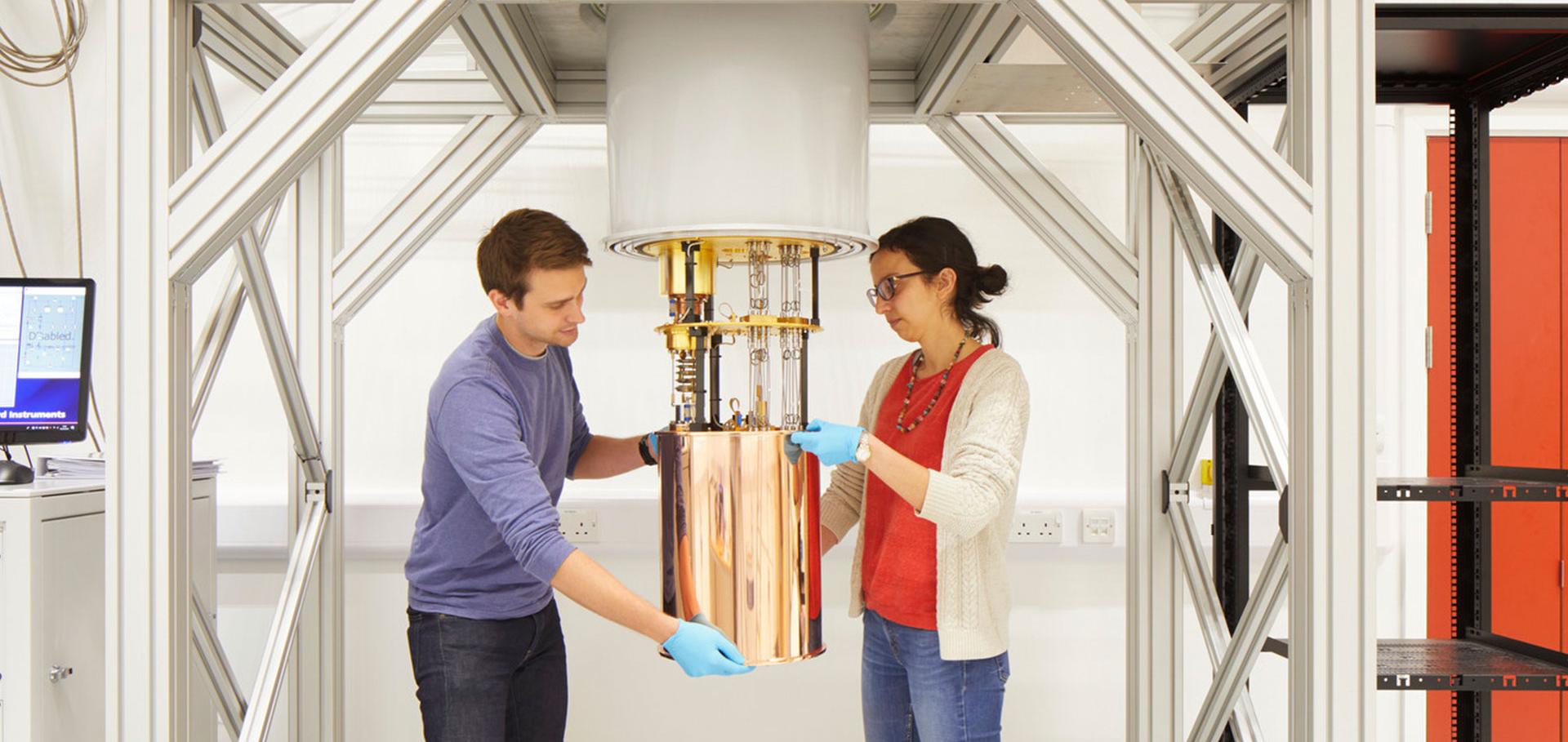Disentangling degradation pathways of narrow bandgap lead-tin perovskite material and photovoltaic devices
Nature Communications Nature Research 16:1 (2025) 5450
Abstract:
Narrow bandgap lead-tin perovskites are essential components of next-generation all-perovskite multi-junction solar cells. However, their poor stability under operating conditions hinders successful implementation. In this work, we systematically investigate the underlying mechanisms of this instability under combined heat and light stress (ISOS L-2 conditions) by measuring changes in phase, conductivity, recombination and current-voltage characteristics. We find an increased impact of the redistribution of mobile ions during device operation to be the primary driver of performance loss during stressing, with further losses caused by a slower increase in non-radiative recombination and background hole density. Crucially, the dominant degradation mode changes with different hole transport materials, which we attribute to variations in iodine vacancy generation rates. By quantifying the impact of these mechanisms on device performance, we provide critical insights for improving the operational stability of lead-tin perovskite solar cells.Enhancing radiation resilience of wide-band-gap perovskite solar cells for space applications via A-site cation stabilization with PDAI2
Joule Elsevier (2025) 102043
Abstract:
Perovskite solar cells (PSCs) for space applications have garnered significant attention due to their high tolerance to proton radiation. While the self-healing mechanism of PSCs is largely attributed to mobile inorganic halide ions, the effects of radiation on organic A-site cations remain underexplored. In this study, wide-band-gap Cs/formamidinium (FA) PSCs, which are promising for tandem applications in space environments, were subjected to harsh proton radiation testing. Photovoltaic (PV) device parameters of the PSCs measured pre- and post-irradiation demonstrated that propane-1,3-diammonium iodide (PDAI2) treatment effectively mitigates radiation-induced damage to the perovskite layer. Advanced characterization techniques, including X-ray photoelectron spectroscopy (XPS) depth profiling using femtosecond laser ablation (fs-LA) and time-of-flight elastic recoil detection analysis (ToF-ERDA), were employed to analyze the impact of proton radiation on A-site organic cations. Additionally, time-resolved Kelvin probe force microscopy (tr-KPFM) was utilized to elucidate the mechanism by which PDAI2 treatment mitigates proton-induced damage to the organic cations.Present status of and future opportunities for all-perovskite tandem photovoltaics
Nature Energy Springer Nature (2025) 1-16
Diamine surface passivation and postannealing enhance the performance of silicon-perovskite tandem solar cells
ACS Applied Materials and Interfaces American Chemical Society 17:26 (2025) 38754-38762
Abstract:
We show that the use of 1,3-diaminopropane (DAP) as a chemical modifier at the perovskite/electron-transport layer (ETL) interface enhances the power conversion efficiency (PCE) of 1.7 eV band gap mixed-halide perovskite containing formamidinium and Cs single-junction cells, primarily by increasing the open-circuit voltage (VOC) from 1.06 to 1.15 V. We find that adding a postprocessing annealing step after C60 evaporation further improves device performance. Specifically, the fill factor (FF) increases by 20% in the DAP + postannealing devices compared to the control. Using hyperspectral photoluminescence microscopy, we demonstrate that annealing helps improve compositional homogeneity at the electron-transport layer (ETL) and hole-transport layer (HTL) interfaces of the solar cell, which prevents detrimental band gap pinning in the devices and improves C60 adhesion. Using time-of-flight secondary ion mass spectrometry, we show that DAP reacts with formamidinium (FA+) present at the surface of the perovskite structure to form a larger molecular cation, 1,4,5,6-tetrahydropyrimidinium (THP+), which remains at the interface. Combining the use of DAP and annealing the C60 interface, we fabricate Si-perovskite tandems with a PCE of 25.29%, compared to 23.26% for control devices. Our study underscores the critical role of the chemical reactivity of diamines at the surface and the thermal postprocessing of the C60/Lewis-base passivator interface in minimizing device losses and enhancing solar-cell performance of wide-band-gap mixed-cation mixed-halide perovskites for tandem applications.Enhanced Stability and Linearly Polarized Emission from CsPbI$_3$ Perovskite Nanoplatelets through A-site Cation Engineering
(2025)


